11 clever ways to make building your extension eco-friendly
There are many ways to build a green extension that will not only add beautiful and valuable space to your existing home, but will also enhance its eco credentials — our expert tips are here to show you how
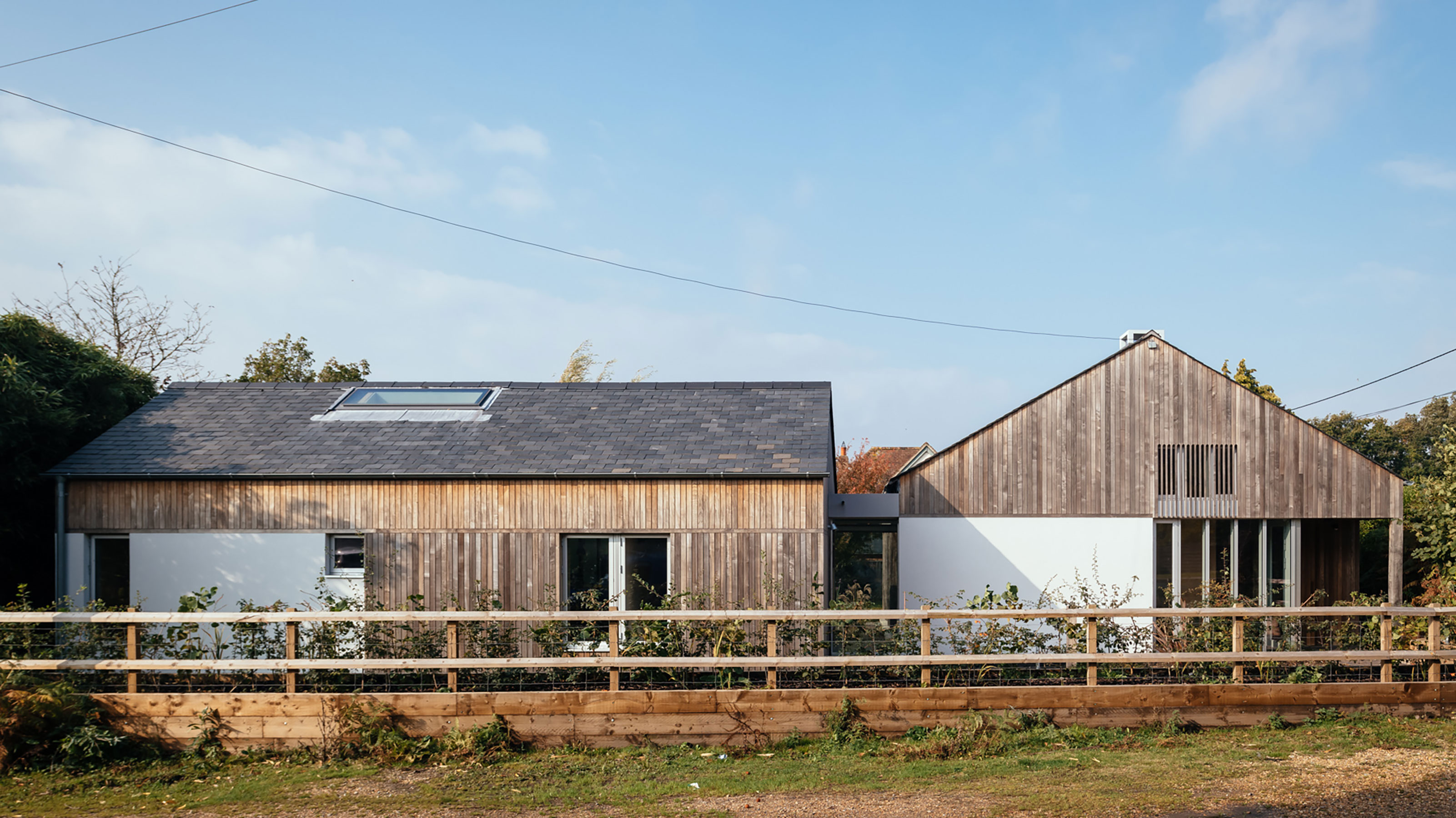
There are so many benefits to building a green extension. Not only will focussing on incorporating features and methods of building that have a minimal impact on the environment help the planet, but they can also help make yours a home that enjoys high performance levels. Not to mention being comfortable to live in and adding to your sense of wellbeing — plus they can also result in lower energy bills.
Building an extension with great eco credentials is something that can work for all kinds of house styles — not just those featuring more contemporary architectural details and this is not a route that has to cost a fortune either as there are plenty of smaller, simple ways to build green.
"Building sustainably used to add considerable cost, but now it is an investment," explains Wendy Perring, founder and design director of PAD Studio. "Remember that as well as being the right thing to do, and investing in our planet, adding renewables and building naturally can enhance your home and add considerable value as it is now more widely understood and appreciated."
In this article, we take a look at the best ways to build an eco-friendly extension, with tips on how to choose the best materials for your project, as well as pointers on which renewables might be worth considering.
1. Always take a 'fabric first' approach
Although the term 'fabric first' has become a bit overused in recent years, if you want your extension to be as eco-friendly as possible, you really need to incorporate the concept into your plans.
Taking a fabric first approach to your extension means ensuring that the design and materials used are maximised — before looking at mechanical or electrical systems to improve its green credentials.
This means taking into consideration factors such as:
Bring your dream home to life with expert advice, how to guides and design inspiration. Sign up for our newsletter and get two free tickets to a Homebuilding & Renovating Show near you.
- Incorporating high levels of insulation
- Optimising solar gain and minimising the risk of overheating
- Using natural ventilation methods
- Considering the thermal mass of the house
- Ensuring air-tightness
Glazing and insulation are both great places to start for those seeking to adopt a fabric first approach when extending.
"The size and orientation of your glazing makes a huge difference to the amount of heat lost or gained through your windows," explains Ella Thorns of Studio Bark. "There is a balance between not overheating in the summer and passive heating from the sun in the winter. Here, we offer a service that can calculate the optimum glazing ratios to balance this, reducing both energy needs and costs of the house."
"Avoid glazing directly facing south, unless you also take measures to prevent summer overheating, such as a substantial roof overhang," suggests David Nossiter of David Nossiter Architects. "Extensions by their nature have more site constraints than new builds, and orientation is not usually the most pressing issue to contend with. Nevertheless, the location of spaces, the extent of glazing and the views that can be captured should be carefully considered. Triple glazing is now used extensively in new builds and is readily available. However, I would place it lower down on my to-do list, after well insulated walls and roofs."
"Incorporating plenty of insulation is probably the most well-known tip, but necessarily so as it is makes a huge difference." says Ella Thorns. "Not only do we need high levels of insulation, but thermal bridging should be reduced and, if possible, eliminated so there are no gaps. This is easier when the insulation is outside the structure, and also offers a more comfortable environment. We generally recommend using natural insulations, such as hemp, wood fibre, or sheep’s wool. "
On the subject of insulation, David Nossiter also has some advice.
"Rockwool insulation is more eco friendly than rigid insulation. There are also specialist green insulations available such as sheep’s wool, woof fibre and recycled denim," says David. "However, these insulations require greater thicknesses in order to reach the same levels of insulation as rigid PIR insulations and thus are generally more expensive."
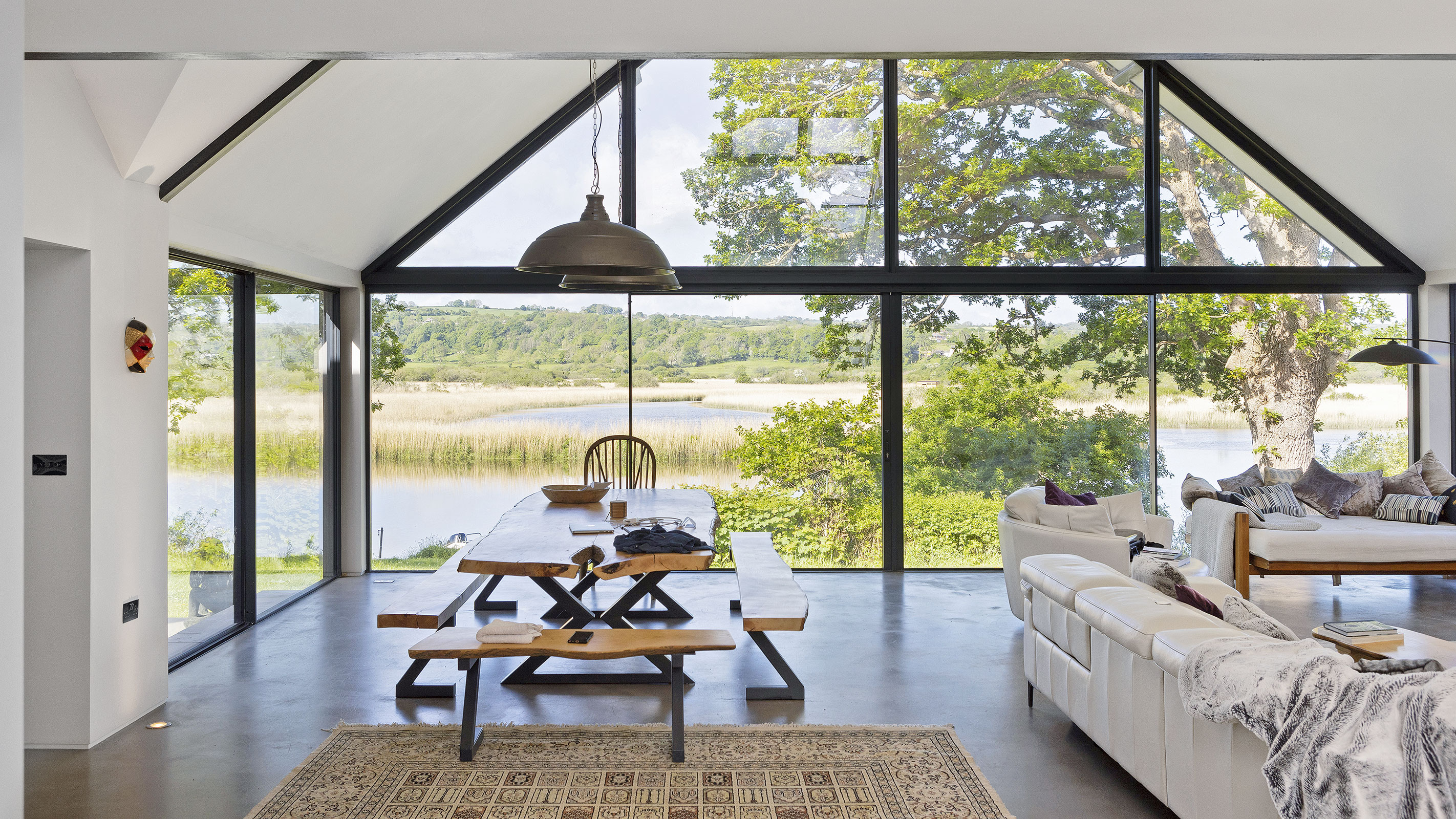
2. Find a designer with the right experience
When it comes to finding an architect that can deliver a green extension that will tick all the boxes on your wish list, it really will pay to do your research.
With any kind of extension it is always advisable to narrow down your search to find an architect or designer who can demonstrate sound and successful experience of working on projects that are similar to the one you are aiming for.
"Invest in great design and an architect who has a passion for and experience in sustainability," advises Wendy Perring. "You will get a good idea of their ethos and ability by looking at their website, other projects they have completed and in conversation with them."
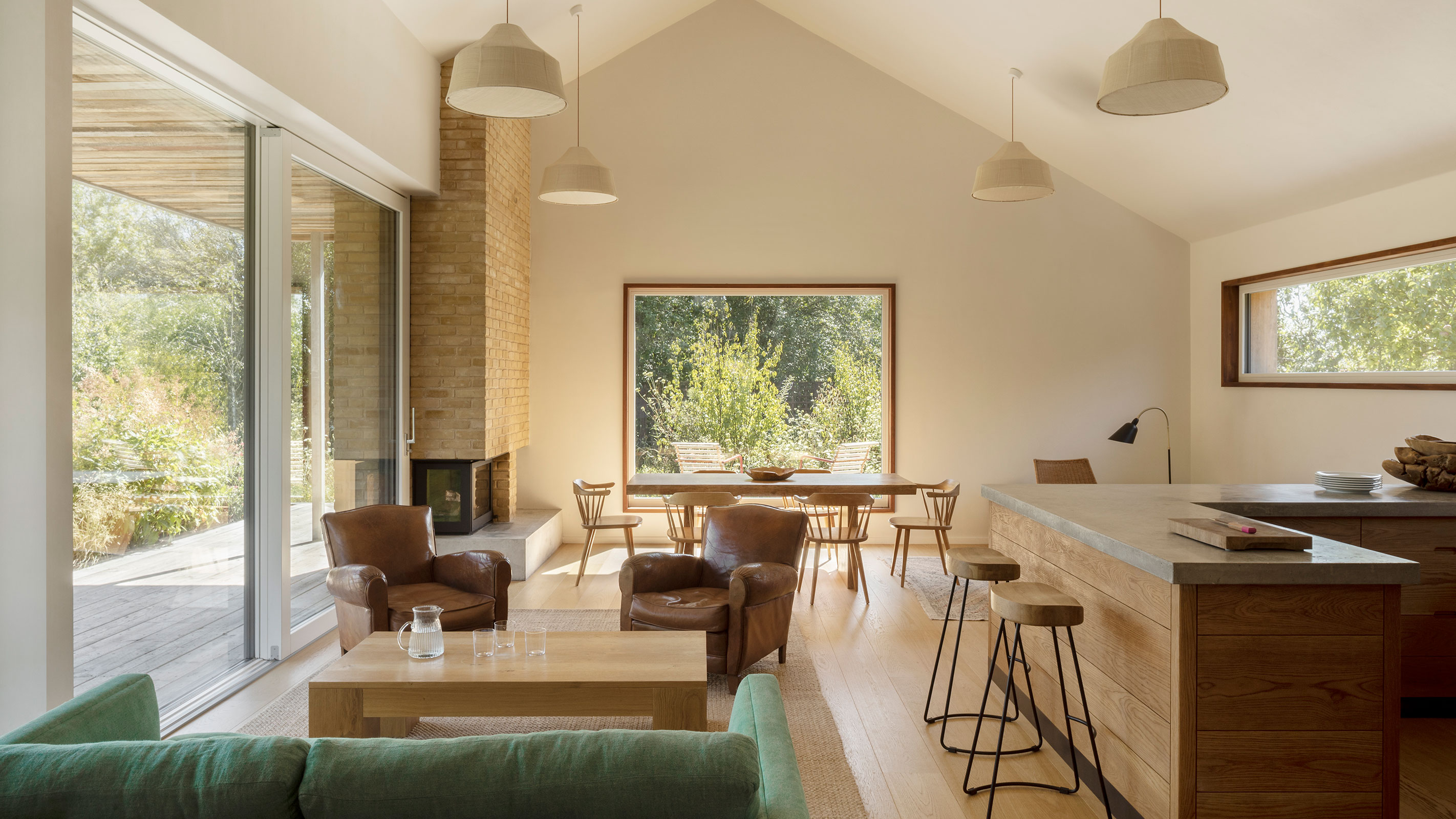
3. Familiarise yourself with the concept of 'embodied carbon'
You may well have heard the term 'embodied carbon' being used when talking about new buildings and when building an extension it is very useful to understand its meaning. In short, it is a term that describes the amount of CO2 given off in the production of materials. The emitted carbon is estimated by the energy used in extracting and transporting materials in their raw state, as well as emissions that are emitted during the manufacturing process.
When talking about a building, its embodied carbon tends to include emissions from the materials used in its construction, the build itself, fixtures, fittings and even from how the structure will be disposed of at the end of its life.
"Embodied carbon is complex to understand, but don't be frightened, as we are all learning and everyone has different budgets available to them, and differing projects will have different requirements — it’s important to do what we can," reassures Wendy Perring. "Try to use natural materials that are low in embodied carbon (the CO2 emitted in producing the material). Also try to specify and use materials that will have longevity and can be re-used at their end of their design-life."
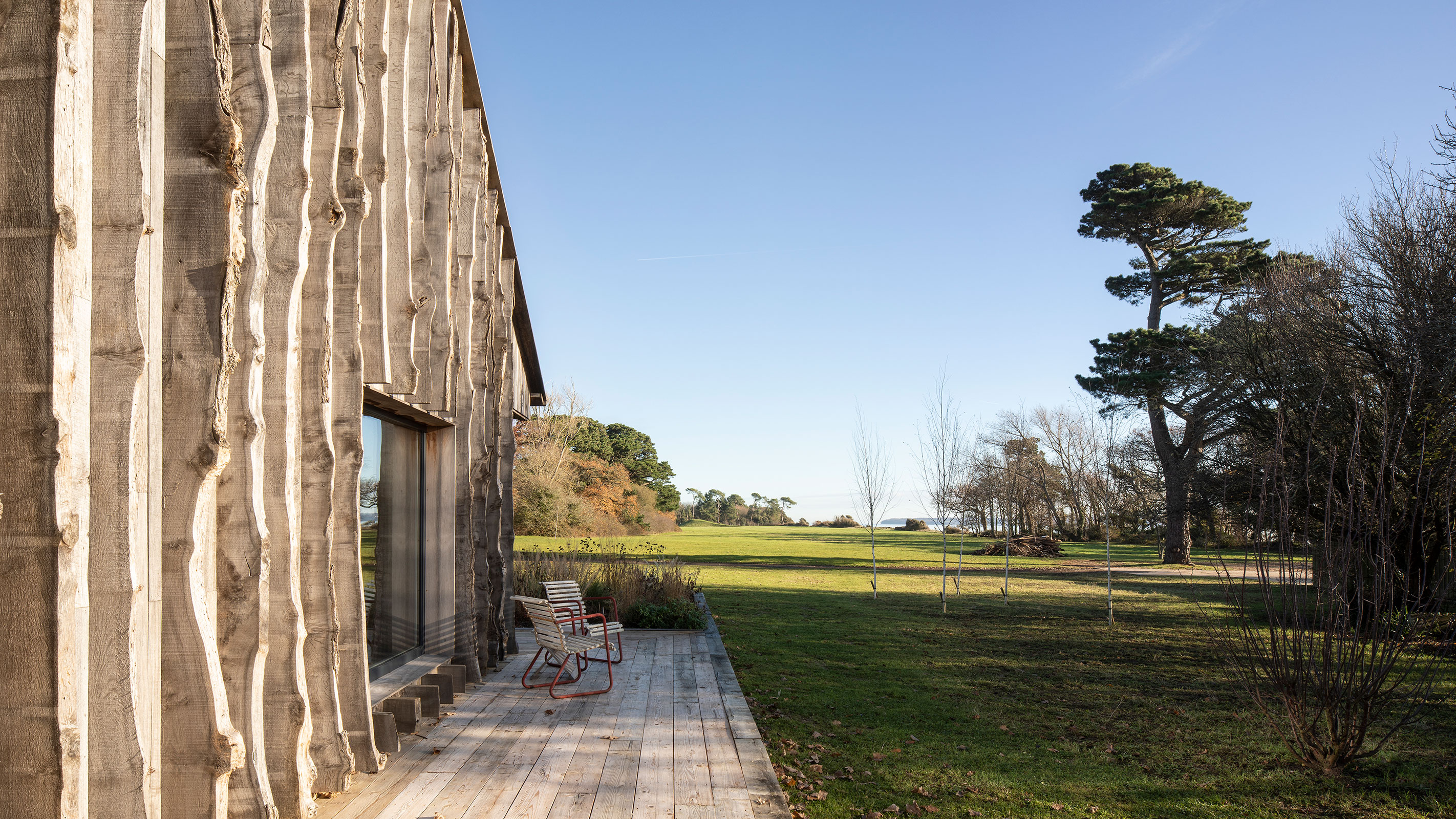
4. Use long-lasting building materials
Relating to the point above, do all you can to select materials, fixtures and fittings that are durable and have longevity — even if they cost a little more, they will save you money down the line as well as reducing carbon emissions.
"The longer materials can last, the more you get for the same amount of carbon that has gone into the manufacturing and transport," explains Ella Thorns. "This relies on both clever detailing from the architect and an experienced contractor who can consider the many complex factors that could compromise a material’s integrity.
"It is particularly important when using timber, whether that be for cladding, structural frame or as your insulation — that it is built to last," continues Ella. "This prolongs the period of time carbon dioxide is sequestered into the timber before it decays or burns. If, on average, all the timber we used in construction lasted for longer from good design and maintenance, this would increase the total amount of carbon that can be stored at once from the same amount of trees cut down — supporting our forests whilst reducing greenhouse gas emissions."
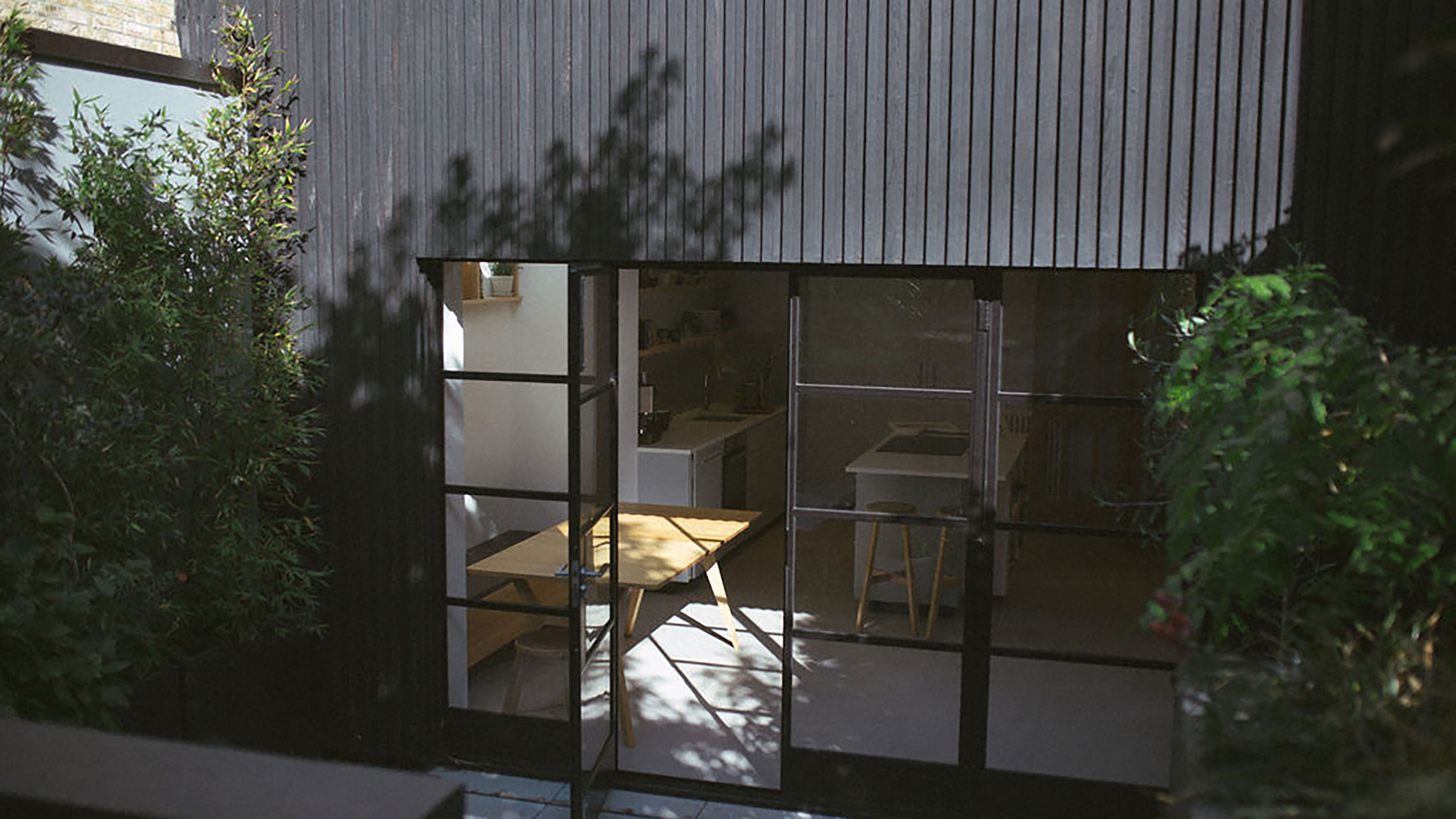
5. Get to know your renewables
For many people seeking to build a more eco-friendly extension, thoughts quickly turn to incorporating some renewables, such as solar panels, but do ensure you understand their likely payback times and initial costs.
"Air source heat pumps are a more affordable alternative to ground source heat pumps and are increasingly being promoted," says David Nossiter. "Many companies are now providing installations, but it is a young market and installers are still gaining knowledge and experience.
"Be aware though, air source heat pumps are large and have to be located externally so you might want to think about hiding it somewhere," continues David. "There are also maximum distances that your hot water storage may be placed from the heat pumps.
"By all means opt for a ground source heat pump if you are able to, but it will take many years for the investment to be recouped in lower heating bills," points out David.
"At the very least, consider fitting a modern condensing boiler, or adding solar panels," says David. "Harvesting rainwater into a storage butt if you are a keen gardener is another simple but worthwhile investment.
"Green roofs increase the insulation of the building and bio diversity and are pleasant to look at, which is important on a single storey extension if the roof is easily viewed."

6. Aim to shop locally
Not only does sourcing your materials, labour and fixtures and fittings from suppliers in the nearby vicinity help to support your local economy, but it also helps from an environmental perspective.
"Try to use materials and products that are locally sourced or manufactured where possible," suggests Wendy Perring. "This will help to reduce the embodied carbon involved in their transportation. Use local labour where you can and make sure that your building contractor understands environmental issues and will work with you to reduce the carbon implications of your building project."
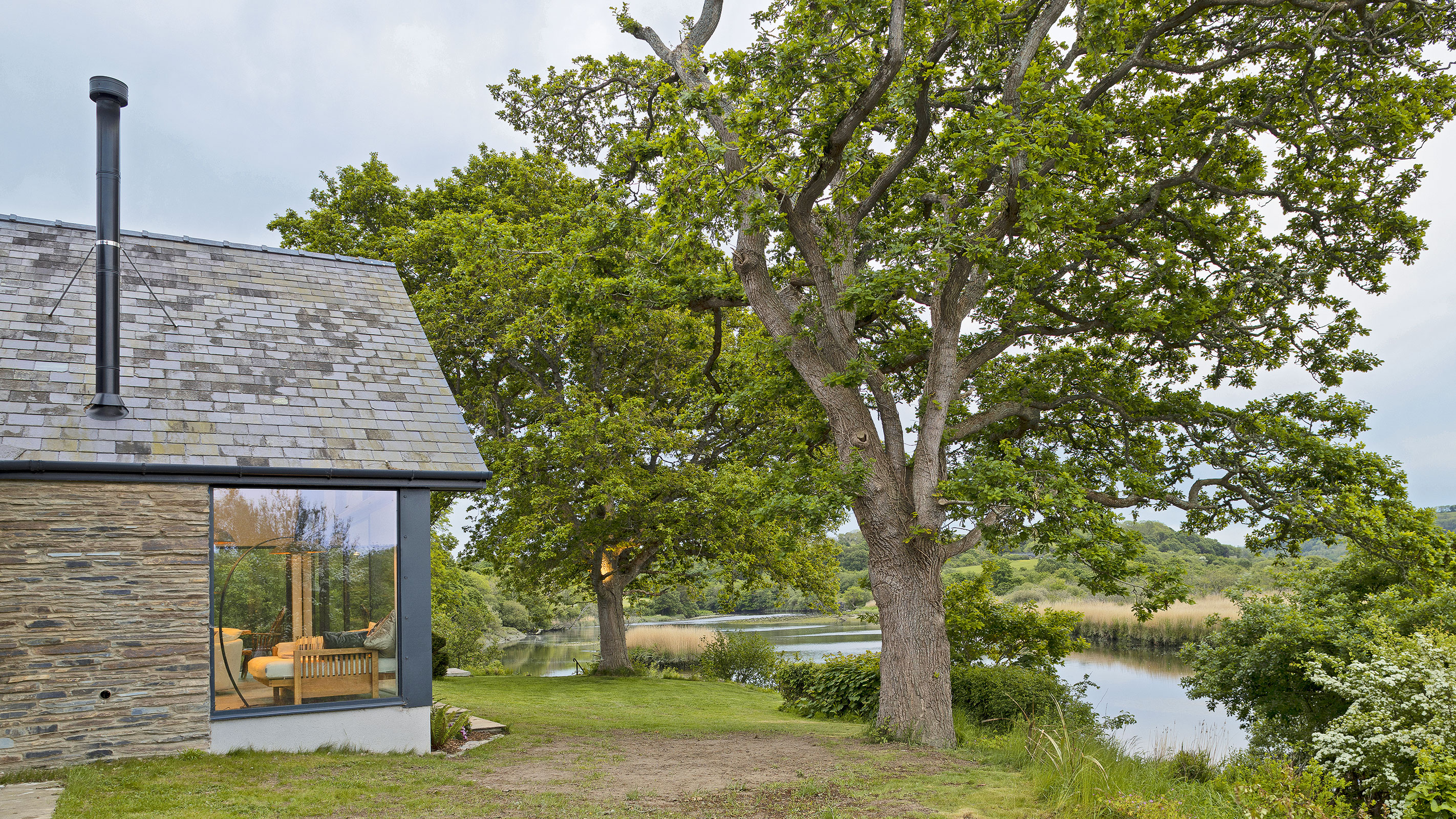
7. Don't neglect your existing house
Whether it is oak frame extensions or contemporary fully glazed structures that pique your interest, your starting point should always be your existing house. You and your designer need to carefully consider how the new addition can benefit the existing layout as well as enhance the exterior of the building.
Additionally, when building a green extension, seize the opportunity to consider how eco-friendly your existing house is.
"Starting work on your extension offers a great opportunity to update the rest of your house. There is no point making a super insulated, high-performing extension if heat is just going to be lost elsewhere," says Ella Thorns. "Use your architect’s time to also look at how you can easily improve the rest of your house, whether that be through extra insulation; installing heat recovery systems; improving the windows (or even just their seals!)"
This is a great time to consider your existing services too.
"As part of the works to your extension seriously consider replacing the existing boiler," advises David Nossiter. "This will do two things. Firstly it will allow you to increase the amount of glazing by offsetting CO2 emissions. Secondly, it will lower your heating bills and may allow you to rationalise and increase the capacity of your system. Extensions usually involve a degree of new services, either for a kitchen, additional bathroom or underfloor heating.
"Although popular, it is no good going to a lot of trouble to construct a well-insulated, well-sealed extension if you then have a stove pumping out carbon emissions through the roof," continues David. "As with most things, there are no absolutes and you have to take an informed approach."
"A significant proportion of the energy (heat) lost in a house is through cold air infiltrating gaps and cracks as hot air escapes," explains Harry Eamer of the Oakwrights architecture team. "Not only does this waste energy and money, but these draughts can make your home less cosy and comfortable than it should be.
"Ensuring your existing home has a high degree of insulation and airtightness is a good place to start but may not always be possible to address," continues Harry. "You could consider a link to join your extension to your home, ensuring that your extension at least provides you with a comfortable environment, has excellent U-values and performs well."
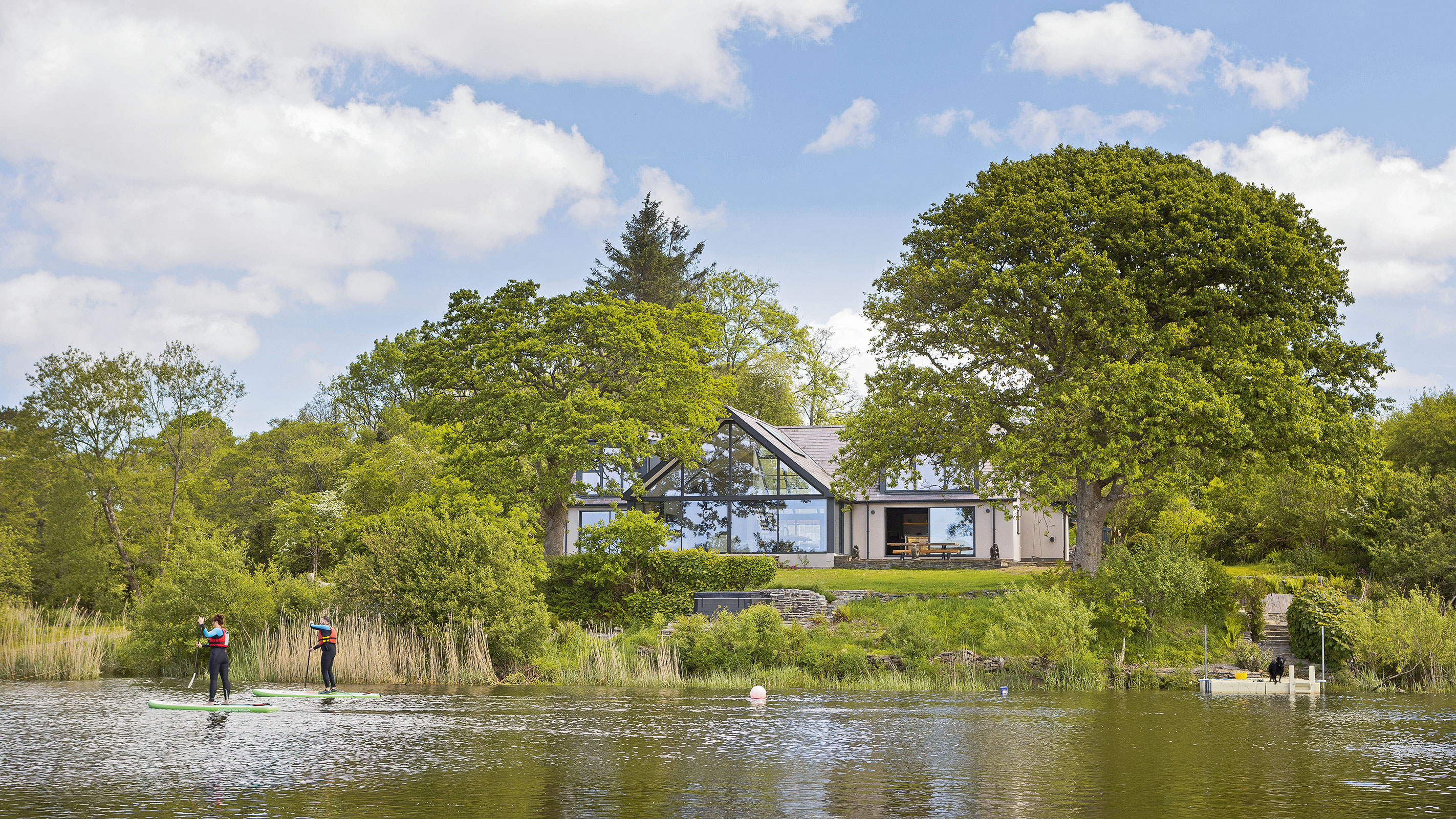
8. Use 'regenerative materials' wherever you can
Your choice of materials is absolutely key when it comes to creating an extension that is eco-friendly — and you should be concentrating on using 'regenerative materials' wherever you can. But what exactly are they?
"Regenerative materials refer to those which are not a finite resource — although some take longer to grow back than others," explains Ella Thorns. "Timber is a good example, and already a readily used material in construction that can be used across the extension from the structural frame, to the cladding, to the furniture, to the wood fibre insulation.
"Hemp grows even faster than timber and we are starting to see it being used in cladding systems and as insulation," says Ella. "Natural materials are also far more breathable than the common petroleum-based products, reducing the risk of damp and improving the internal environment."
"Oak is a renewable building material, perfect for the eco-conscious homeowner," says Harry Eamer. "Oak frames are an excellent building material for the eco minded. Timber is sustainable and a renewable source for building as it ‘locks in’ carbon as the trees grow. A fraction of embodied energy is also required to process and transport timber in comparison to other materials such as steel and concrete, so it’s a sensible construction material to build with when your environmental impact is a factor."
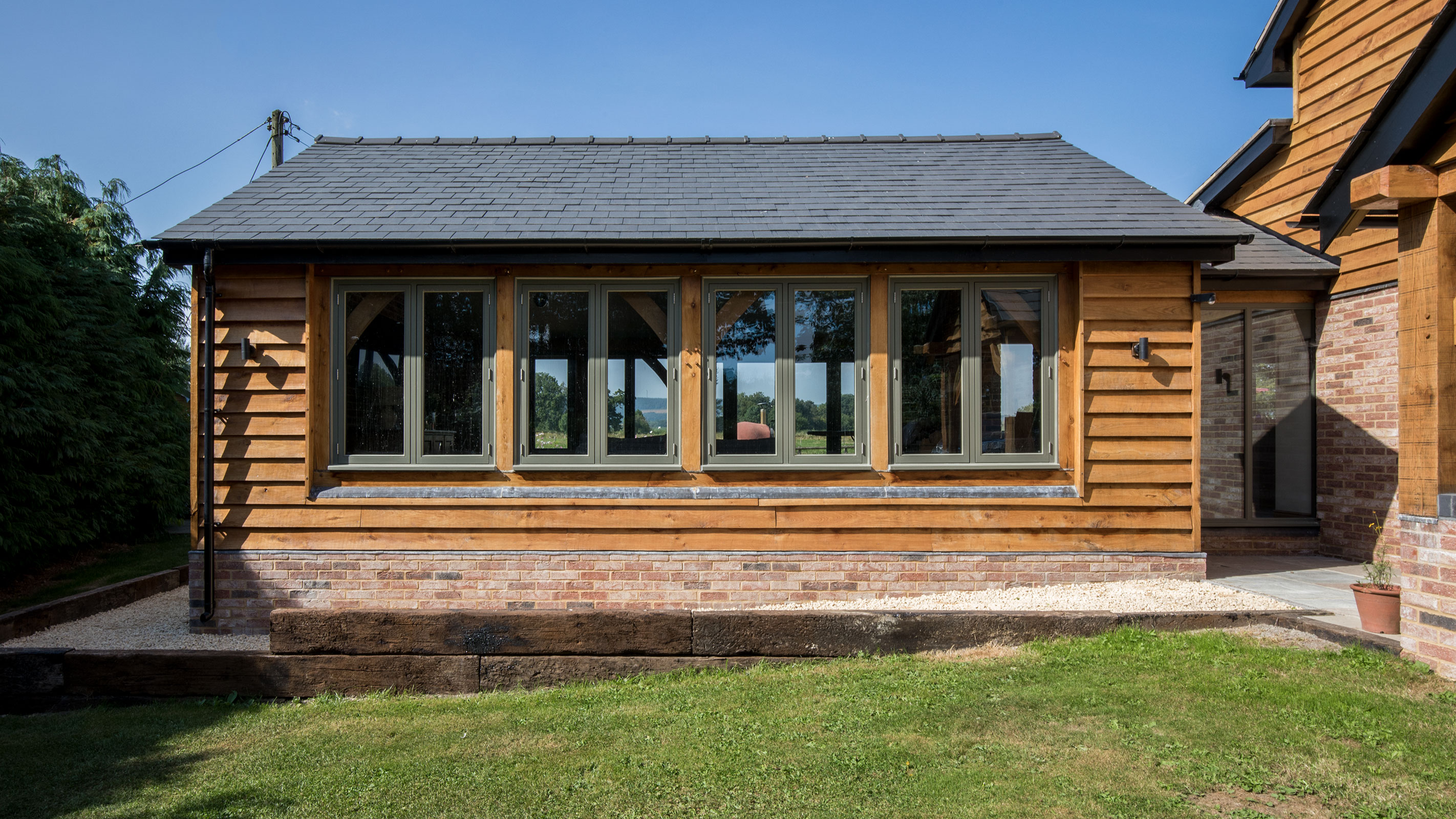
9. Design with the entire life of the building in mind
Throw-away and disposable products and materials are the absolute antithesis of everything that building a green extension stands for — you need to be looking at using only materials that cut back on waste, throughout the life of the build, including when you are long gone.
"If you want a sustainable extension, you need to think about its impact across the whole lifespan of the building. This includes the end-of-use and whether the materials end up in landfill," says Ella Thorns. "Designing for circularity means the the materials – or the components they make – can be used again, minimising waste and the need to make more.
"Studio Bark have developed the U-Build system that can easily be constructed and dismantled again as a series of structural timber boxes," points out Ella.
"Consider the end of life of the products that you use and consume in your building project," agrees Wendy Perring. "We have for too long lived in a throwaway society, and we need to think about what happens at the end of a product's life. Consider if the product can be broken down into constituent parts and be re-used. The last resort should be re-cycling (as this consumes energy and tends to have limitations).
"You also need to consider your furniture carefully — can you buy quality pre-loved furniture and re-upholster it? Buy for longevity where you can and try to buy items that will not date in terms of style. This is especially important with kitchens, bathrooms, fittings and lights."
"As well as embodied carbon, it is vital to consider 'operational carbon'," explains Wendy. "This means trying to invest in solutions which will result in much lower energy being used in the years to come. It may mean using something that initially has a higher embodied carbon, but when viewed over the lifetime of the home, helps to minimise carbon use.
"For example, a ground source heat pump and PV panels both have an embodied carbon content, but will enable you to minimise your energy needs (and therefore the amount of carbon that your building produces over the lifetime of that product.)
"Try to look past current trends and invest as much as you can in quality items that will last and will not date easily," further advises Wendy. "Avoiding fads and fashions is key to this. If you can push your budget just a little bit further, try to invest in materials that have a longer lifespan and products that have higher energy ratings or are design classics."
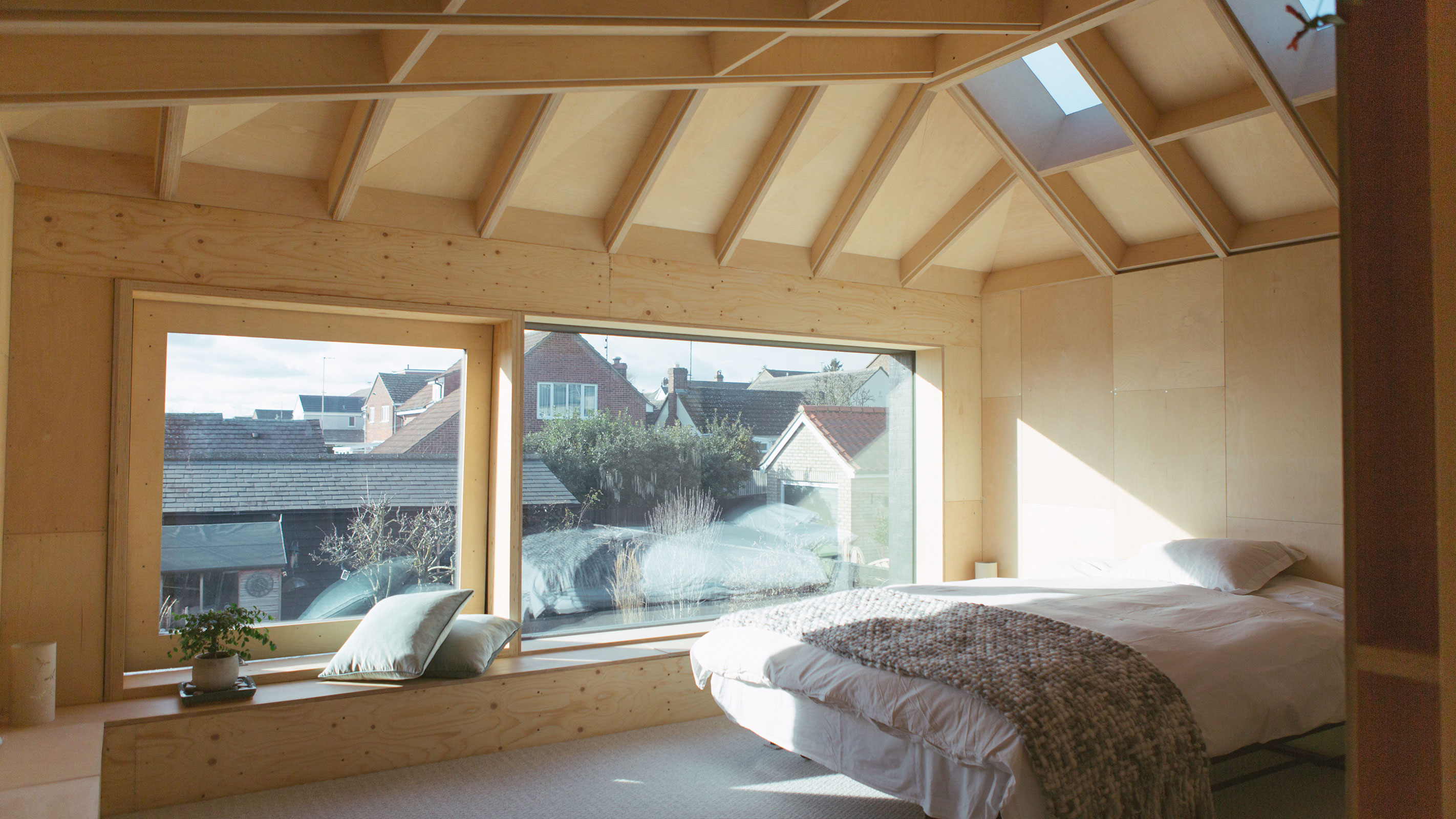
10. Take time to research your products thoroughly
There tend to be certain products used in house extensions, renovations and self builds that are often not given a second thought when it comes to their eco credentials, such as certain types of plasterboard — so familiar are we with them. However, when building green, you need to be looking carefully at what goes into their make-up and the effect they could be having on both your health as well as the environment.
"Try to understand what is in the products you are using as you may be very shocked," warns Wendy Perring. "Plasterboard is a great example of this; it contains gypsum which is hazardous when it breaks down and causes environmental damage. As a result, this can no longer be put into landfill.
"Many paints still contain VOC’s (Volatile Organic Compounds) which are chemicals released into the air as you paint," continues Wendy. "However, they can continue to breakdown and be released into your home for years after they are applied and can exacerbate breathing issues, cause allergies and asthma."
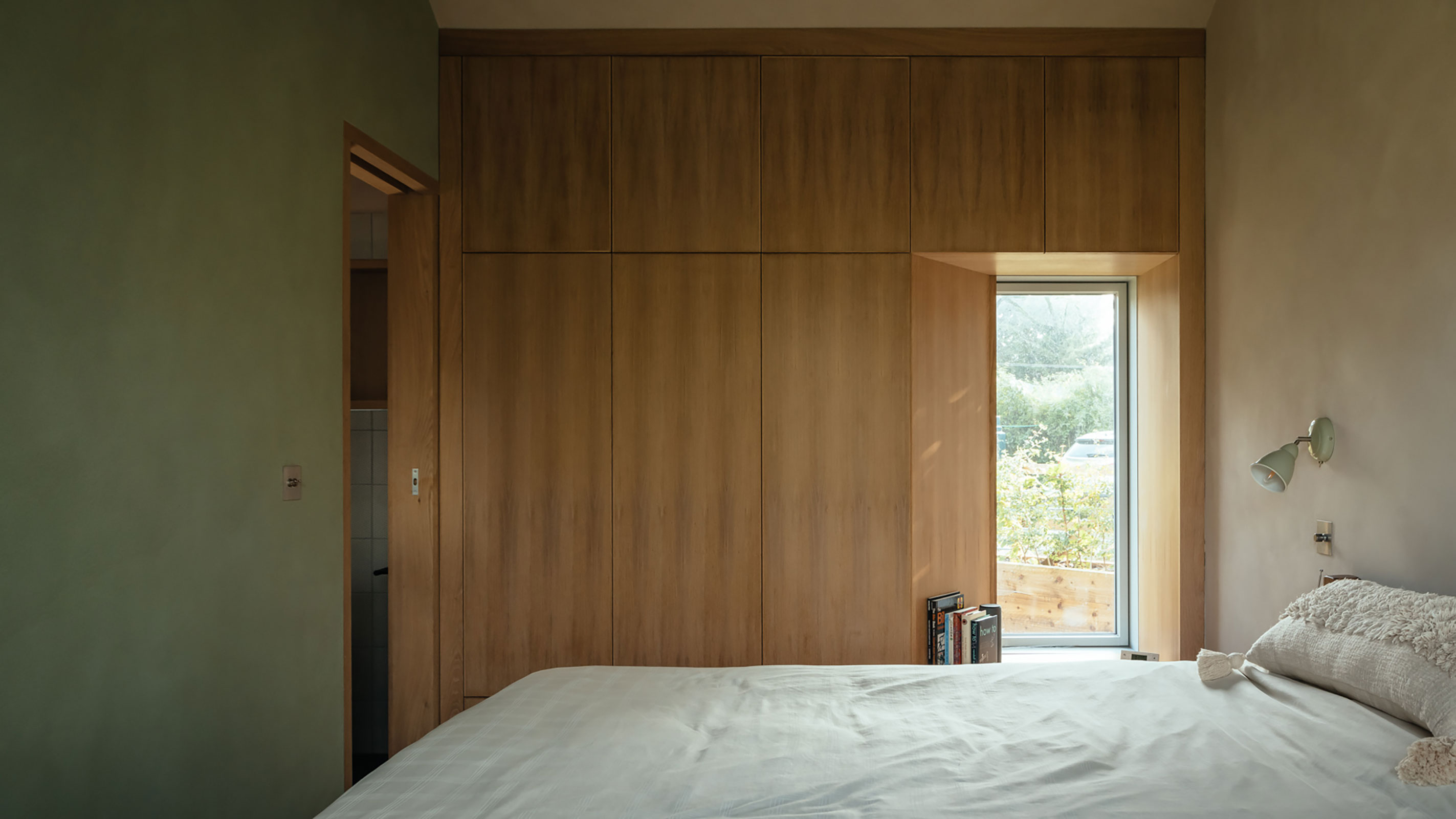
11. Use reclaimed or recycled materials
Green building resource GreenSpec states that 19% of the UK’s total greenhouse gas emissions come from construction materials, so for your extension to fall within the 'green' category it is really important to consider how you can incorporate reclaimed or recycled materials into its fabric or interior fit out.
"With a small amount of effort sourcing materials nearby, you get an extension that holds a story and supports local industries — whilst also reducing your transport and embodied carbon," says Studio Bark's Ella Thorns. "Reclaimed bricks, tiles and slates are some examples of what you can find.
"Even perceived waste can be made beautiful again. Practices such as Local Works Studio look at how you can use what is abundant to your site and turn it into cladding, paint and even furniture."
Second hand kitchens are becoming increasingly popular and not only reduce waste but also offer homeowners considerable savings when compared to buying new.
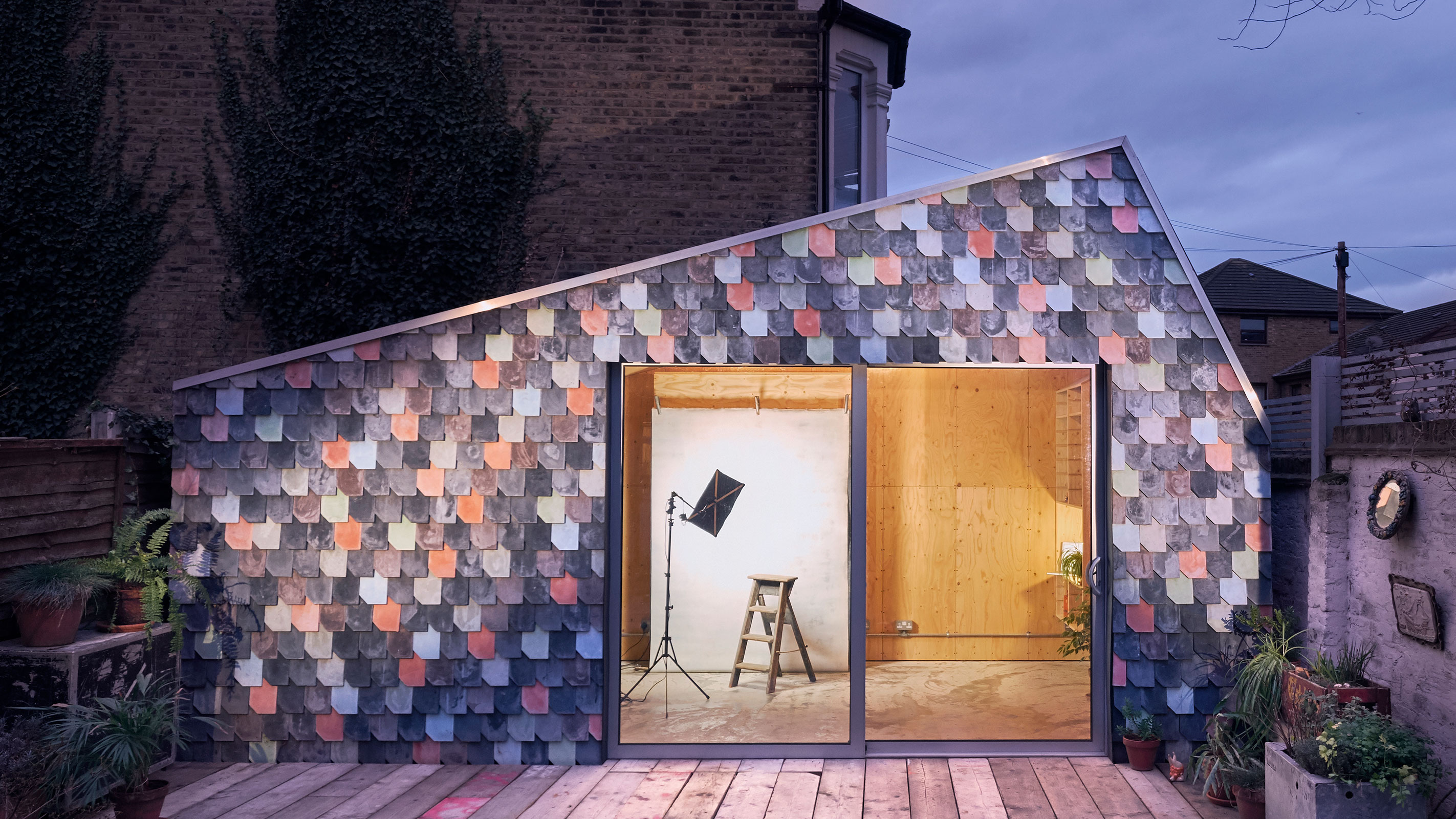
Natasha was Homebuilding & Renovating’s Associate Content Editor and was a member of the Homebuilding team for over two decades. In her role on Homebuilding & Renovating she imparted her knowledge on a wide range of renovation topics, from window condensation to renovating bathrooms, to removing walls and adding an extension. She continues to write for Homebuilding on these topics, and more. An experienced journalist and renovation expert, she also writes for a number of other homes titles, including Homes & Gardens and Ideal Homes. Over the years Natasha has renovated and carried out a side extension to a Victorian terrace. She is currently living in the rural Edwardian cottage she renovated and extended on a largely DIY basis, living on site for the duration of the project.

